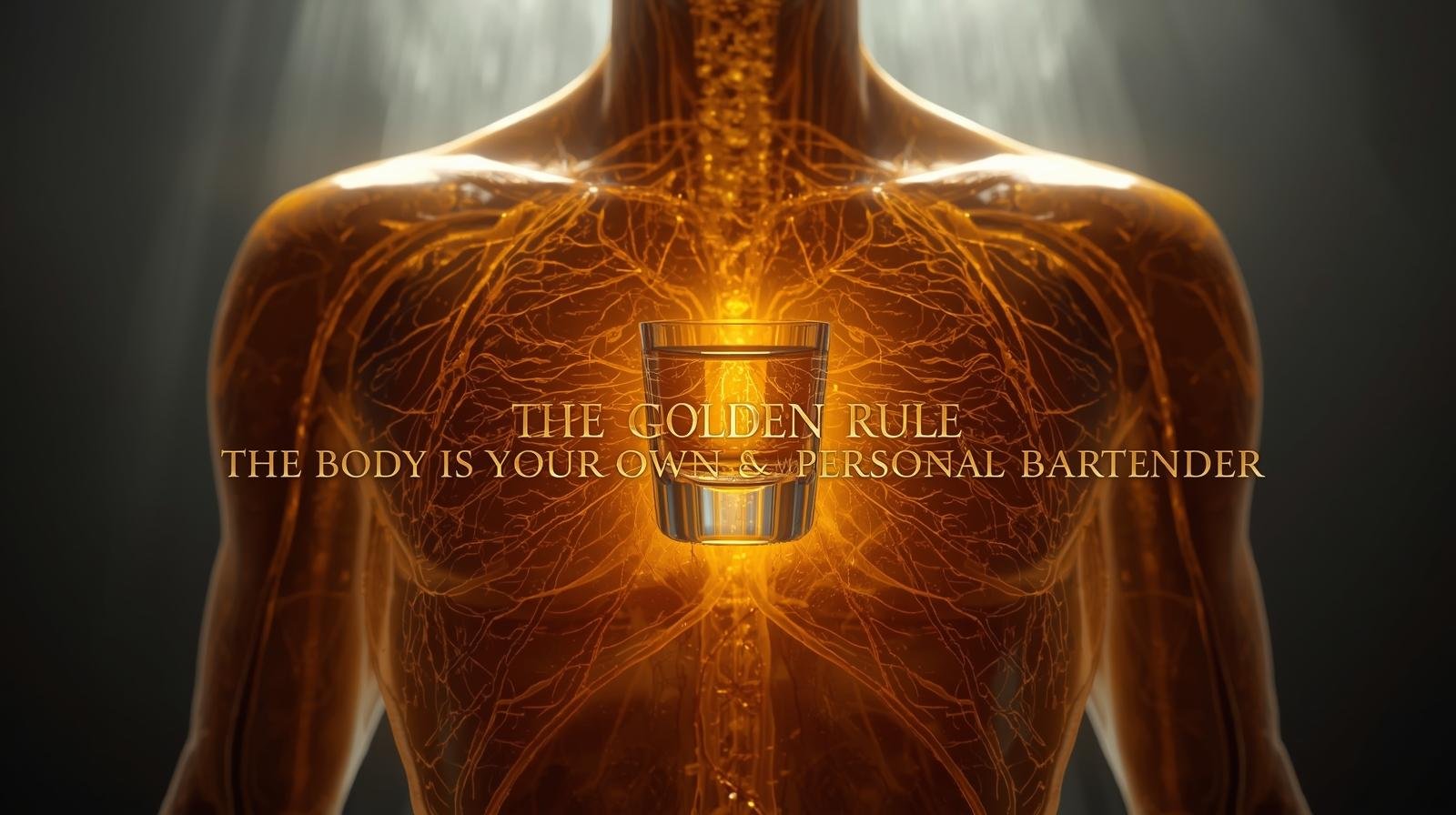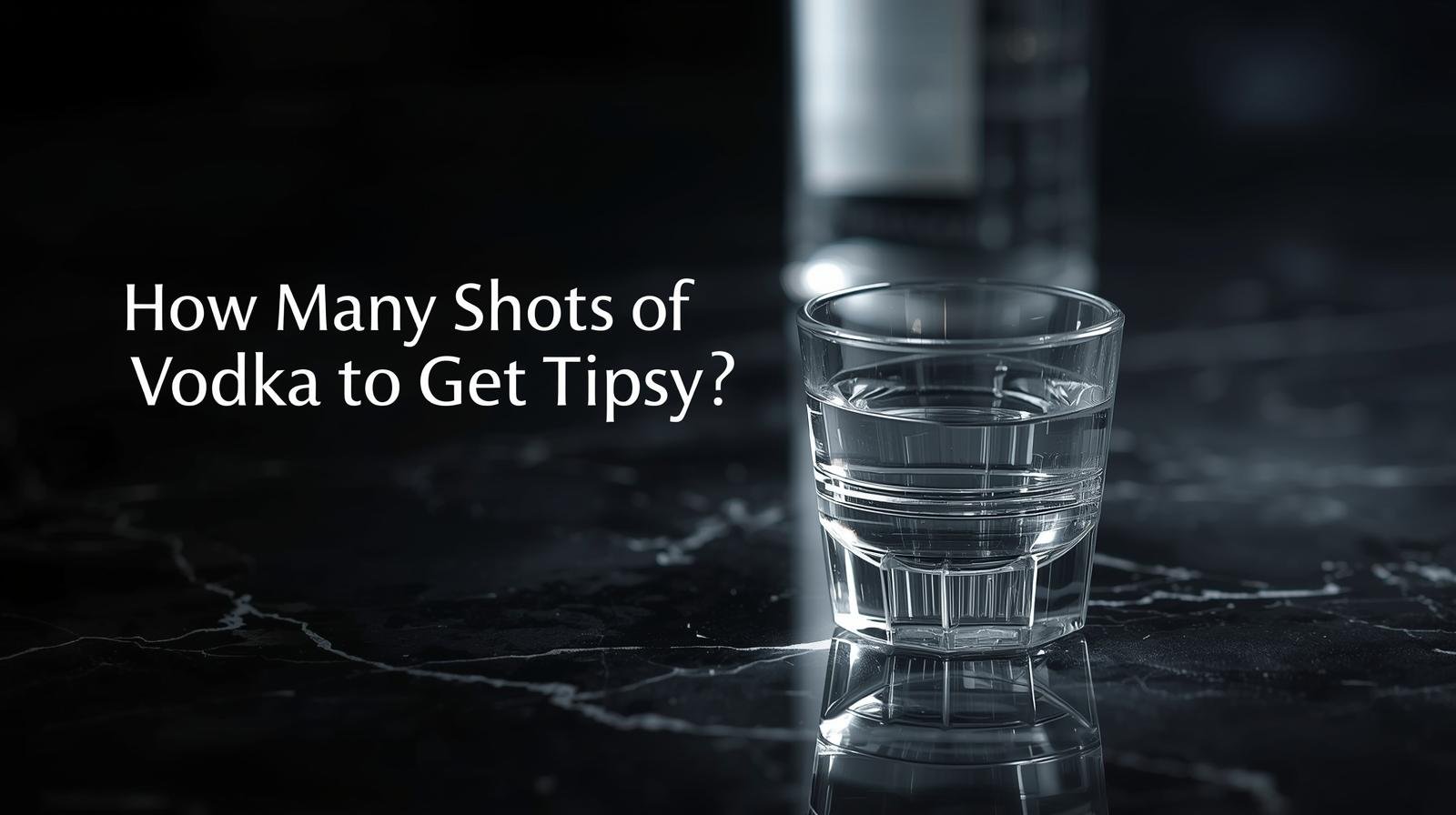How Many Shots of Vodka to Get Tipsy? It’s Not a Simple Number
We’ve all been there. It’s a Friday night, you’re with friends, and a bottle of vodka appears. The question, either spoken aloud or lingering in the back of your mind, is a classic: how many shots of vodka to get tipsy will it take for me? Maybe you’re trying to pace yourself for a long evening, or perhaps you’re just curious about where your limit lies.
The frustrating, yet scientifically accurate, answer is: it depends. Asking for a universal number is like asking how many cups of coffee it takes to wake someone up. The variation is immense. But don’t worry, we’re not going to leave you with just that. This guide will dive deep into the fascinating factors that determine your personal answer to how many shots of vodka to get tipsy, moving beyond guesswork and into the realm of biology and chemistry.
What Does “Tipsy” Actually Feel Like? Defining the Buzz
Before we count shots, let’s define the destination. “Tipsy” is that initial, pleasant stage of mild intoxication. It’s not about being drunk; it’s about feeling a warm, relaxed buzz. According to the National Institute on Alcohol Abuse and Alcoholism (NIAAA), this corresponds to a low Blood Alcohol Concentration (BAC).
You might experience:
- A sense of relaxation and euphoria.
- Slight lightheadedness or dizziness.
- Lowered inhibitions, making you more talkative or social.
- Mild impairment in reasoning and memory.
Understanding this feeling is the first step to recognizing your own limits when calculating how many shots of vodka to get tipsy.
The Golden Rule: Your Body is Your Own Personal Bartender

The core reason there’s no magic number is that your body processes alcohol uniquely. Let’s break down the primary factors that influence how many shots of vodka to get tipsy for you personally.
1. Body Weight and Composition
This is one of the biggest factors. Simply put, a larger person has more blood and water in their body. When alcohol is consumed, it becomes diluted in this larger volume, leading to a lower BAC compared to a smaller person drinking the same amount. It’s basic chemistry: dilution matters. So, a person weighing 250 pounds will have a very different calculation for how many shots of vodka to get tipsy than someone weighing 120 pounds.
2. Biological Sex Assigned at Birth
This is a crucial and often overlooked factor. Individuals assigned female at birth (AFAB) typically have less of the enzyme alcohol dehydrogenase (ADH), which breaks down alcohol in the stomach before it even hits the bloodstream. They also tend to have a higher percentage of body fat and a lower percentage of body water than individuals assigned male at birth (AMAB) of the same weight. Since alcohol is soluble in water but not fat, it becomes more concentrated in the blood of AFAB individuals. This means that, on average, an AFAB person will reach a higher BAC faster than an AMAB person of the same weight after the same number of drinks.
3. The Speed of Consumption and Food
Chugging three shots in an hour versus sipping them over three hours will have dramatically different outcomes. Your liver can only metabolize about one standard drink per hour. If you consume alcohol faster than your liver can process it, your BAC rises quickly. This is why pacing is everything.
Eating a meal, especially one rich in fats, proteins, and complex carbohydrates, before drinking slows down the absorption of alcohol into your bloodstream. A full stomach is your best friend when trying to manage how many shots of vodka to get tipsy you’ll need.
4. Alcohol Tolerance: The Double-Edged Sword
Tolerance is your body’s adaptation to frequent alcohol consumption. With regular drinking, your liver becomes more efficient at producing the enzymes needed to break down alcohol, and your central nervous system becomes less responsive to its effects. This means a seasoned drinker might need four shots to feel the same effects a novice feels after two.
But beware: High tolerance is not a badge of honor; it’s a warning sign. It means you are consuming more alcohol to achieve the same effect, putting greater strain on your liver, heart, and brain.
Also Read: How to Sleep After Wisdom Teeth Removal
Putting a (Very General) Number on It: A Rough Guide
We’ve established it’s personal, but let’s provide some very general estimates based on standard drink measurements. A standard shot of vodka (1.5 ounces) at 40% alcohol by volume (80 proof) is considered one drink.
The following table provides a highly generalized estimate for reaching a BAC of approximately 0.03-0.05%, which is typically the “tipsy” range. This is for illustrative purposes only.
| Body Weight | Individual Assigned Male at Birth (AMAB) | Individual Assigned Female at Birth (AFAB) |
| 100-120 lbs (45-54 kg) | 2 shots (over 1-2 hours) | 1 – 1.5 shots (over 1-2 hours) |
| 150-180 lbs (68-81 kg) | 2 – 3 shots (over 1-2 hours) | 2 shots (over 1-2 hours) |
| 200-240 lbs (90-108 kg) | 3 – 4 shots (over 1-2 hours) | 2 – 3 shots (over 1-2 hours) |
Remember: These numbers are a starting point for understanding the variables, not a prescription. Your genetics, tolerance, and food intake will dramatically alter this.
Beyond the Shot Glass: Other Critical Factors
The type of vodka and what you mix it with also play a role in figuring out how many shots of vodka to get tipsy.
- Proof Matters: Are you drinking 80 proof or 100 proof? A shot of 100-proof vodka contains significantly more alcohol. Always check the label.
- Carbonation is a Catalyst: Mixing vodka with soda water or energy drinks can speed up absorption. Carbonation can irritate the stomach lining, potentially allowing alcohol to pass into the small intestine more quickly.
Listen to Your Body: The Ultimate Guide
Instead of focusing on a specific number for how many shots of vodka to get tipsy, the healthiest approach is to learn to listen to your body’s signals. Pay attention to that initial warm feeling, the slight change in your mood. That’s your cue that the alcohol is taking effect. This self-awareness is far more valuable than any chart.
Prioritize safety above all else.
- Pace Yourself: Stick to one standard drink per hour.
- Hydrate: Alternate each alcoholic drink with a glass of water.
- Eat Before and During: Never drink on an empty stomach.
- Plan Your Ride: Never, under any circumstances, drive after drinking.
The Final Sip: Knowledge is Power
So, the next time you find yourself wondering how many shots of vodka to get tipsy, remember that the real answer lies in understanding your own unique physiology. It’s a complex equation involving your weight, biological sex, metabolism, and drinking habits. By respecting these factors and listening to your body, you can enjoy alcohol responsibly and safely. The goal is to enjoy the buzz, not race past it.
Read More Like This: How Long Does It Take to Tint Windows
Frequently Asked Questions (FAQs)
What is a “standard” shot of vodka?
A standard shot is 1.5 ounces (44 ml) of vodka at 40% alcohol by volume (80 proof). This is the baseline used for all general estimates.
Why do I get tipsy faster than my friends?
Several factors cause this, including lower body weight, being assigned female at birth (due to differences in enzymes and body water), drinking on an empty stomach, or having a naturally lower alcohol tolerance.
Does the type of vodka matter?
Yes, the proof matters significantly. A shot of 100-proof vodka contains about 25% more alcohol than an 80-proof shot. Always check the label, as a higher proof means fewer shots are needed to feel the effects.
How does food affect how tipsy I get?
Eating a meal before drinking, especially one with fats and proteins, slows the absorption of alcohol into your bloodstream. A full stomach can significantly delay and reduce the intensity of feeling tipsy.
Is a high tolerance a good thing?
Not necessarily. While it means you need more alcohol to feel tipsy, a high tolerance indicates your body has adapted to frequent drinking. This can lead to consuming larger quantities, which increases health risks and the potential for dependence.











